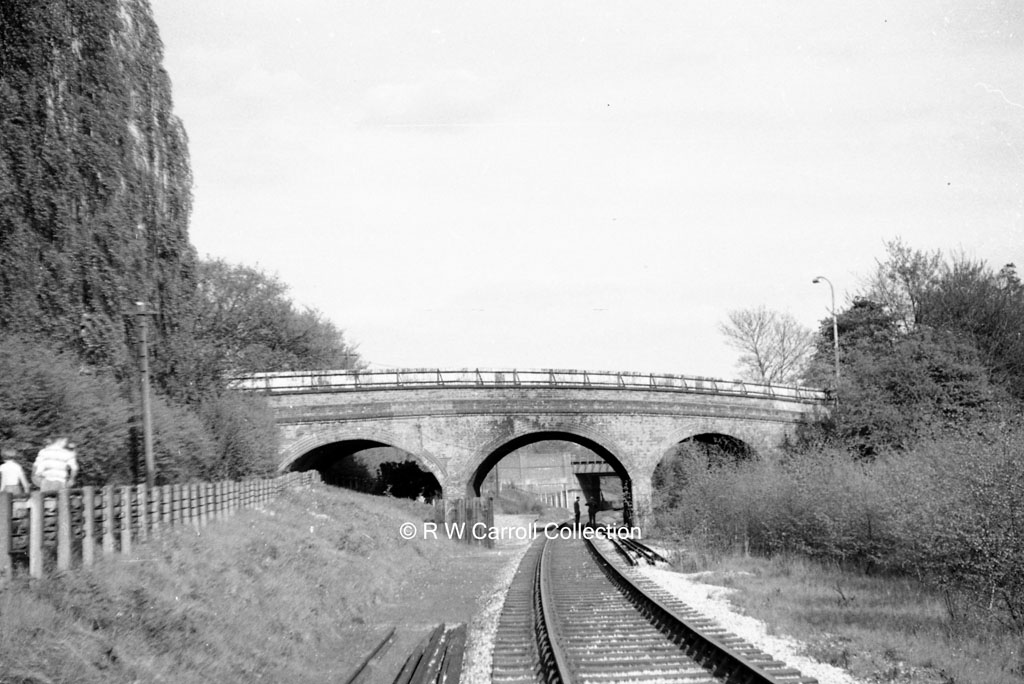60117 Bois Roussel wrote:
Here's a formation from a late 1930s photo of a train between Grantham-Leicester (sorry it's compressed; the system won't hold the tabs I inserted):
BC Howlden 45ft
T (6w) Howlden
B (6w) Howlden
-----------------------------
BG Gresley 61'6"
B (6w) Howlden
The dividing line is tentative on my part, suggesting that the leading carriages may have been the normal service train and the trailing ones, additions. In charge was a J39.
Had this at the back of my mind, because I had a Carriage Working for this area somewhere, and now I've found it!
It's dated 6/120/47, and at that date the workings were as follows;
Circuit 103 left Leicester B. Rd at 7 5 am with circuit 104 attached.
On arrival at John o'Gaunt (7 32) circuit 104 was detached; circuit 103 left J o'G at 7 37, arriving at Grantham at 8 45am. It returned from Grantham at 7 10 pm, arriving back at L'ester B. Rd at 8.45.
Meanwhile, circuit 104 left J o'G at 7 50, returning to Lester B Rd. It then did an SO trip to Melton at 1 pm, and another EWD trip to Melton at 6 10 pm, finally arriving back at L'ester at 7 48 pm.
This is the only Leicester - Grantham (and back) working shown, so possibly it was the train in your photograph. The two sets ran together to provide both a through service to Grantham and stock for a worker's service back into Leicester. Incidentally, by 1947 both circuits were "Twin BT (6) CL (2-5) which may help to identify the specific stock.
But also please bear in mind that the reference to "sets" does not mean the same physical vehicles each day. As shown in the book, set 103 was worked by the coaches that from set 104 the previous day and they went on to work circuit 104 the next day; similarly, circuit 104 worked 103 the previous day and worked 104 the next day.
It would not normally be practicable for a set of coaches to remain on the same circuit every day because it would not be back at its morning starting point at the end of the day. In this case, both circuits are back at L'ester but the sets alternate presumably to equalise mileage.
Ad hoc strengthening was not normally done lightly, I think. There is reference to
GENERAL INSTRUCTIONS RELATING TO THE CONTROL AND DISTRIBUTION OF COACHING ROLLING STOCK dated April 1941 which presumably set out the procedure, and if likanyone has it perhaps they could share details (PS Capitals as shown in the carriage working book - I don't normally shout)


